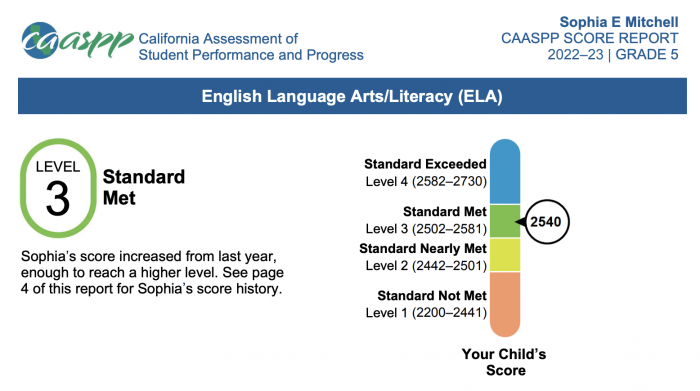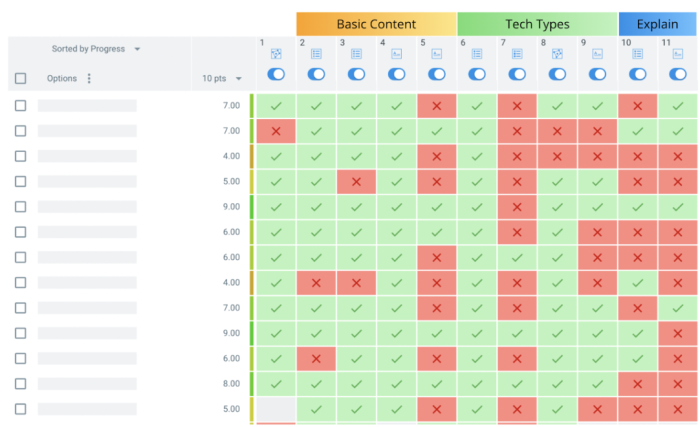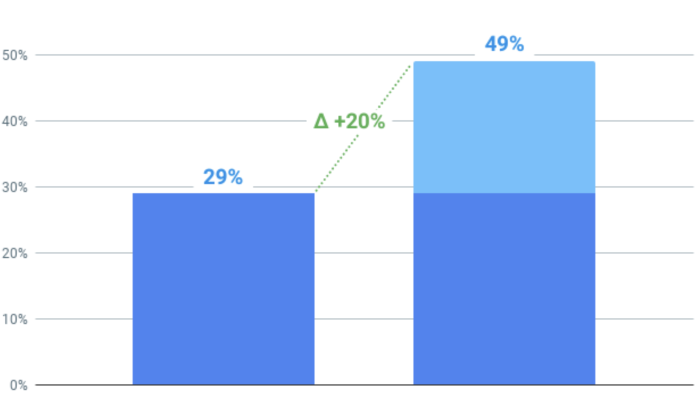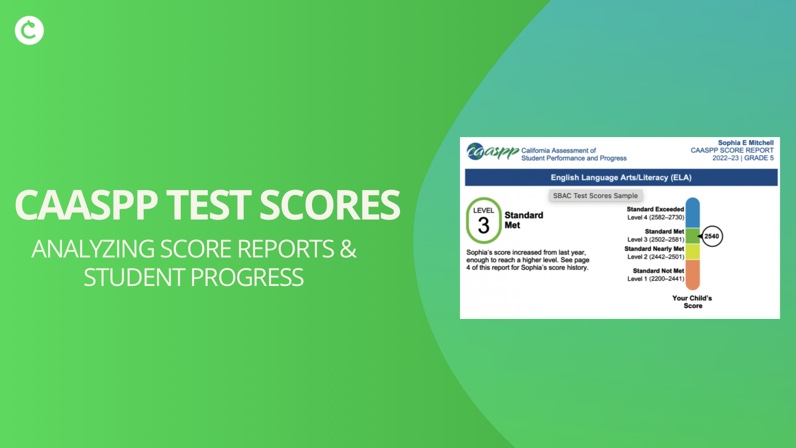CAASPP Test Scores: How to Analyze CAASPP Scores and Take Action for Improvement
As an educator, you are most likely aware of the CAASPP tests, which are administered annually to students in California and are designed to measure student proficiency in math and English language arts. While these tests are an essential tool for educators to evaluate student progress and school performance, interpreting the CAASPP test scores and developing an improvement plan can be a challenge. In this guide, we will provide an overview of CAASPP test scores, explain what they mean for a student’s education, and offer tips on using this information to support students on their journey to academic success.
How is the CAASPP test scored?
The CAASPP uses a computer-adaptive testing system, which means that the difficulty of the questions adjusts based on the student’s responses. If a student answers a question correctly, the next question will be more challenging. If a student answers a question incorrectly, the next question will be easier. The exam uses two scoring scales, one for English language arts and one for math. Each scale ranges from 2000 to 3000 points, with a score of 2500 representing the “standard” level of performance. The CAASPP has four performance levels in total:
- Level 1: Standard Not Met
- Level 2: Standard Nearly Met
- Level 3: Standard Met
- Level 4: Standard Exceeded

What do CAASPP test scores mean for a student’s education?
The test includes a mix of performance-based questions that are aligned with state academic standards. By measuring student performance against these standards, the tests provide an indication of whether a student is on track to meet academic expectations. Additionally, the assessments can give educators clear insight into the areas where students may need additional support or enrichment.
How to interpret CAASPP test scores and take action
Interpreting students’ CAASPP scores can be a daunting task, but with a little bit of guidance, these scores can be a valuable tool. Here are some steps you can take to interpret the scores and take action:
- Understand the scoring system: As mentioned earlier, the CAASPP scores are based on a scale ranging from 2000 to 3000, with a score of 2500 considered to be proficient. The score report will indicate whether your student’s score falls into the proficient, nearly proficient, or not proficient category.
- Review the score report: Now that you understand the scoring system, it is time to review the individual student’s score report. This report will provide information on your student’s overall score as well as their performance in specific areas such as reading, writing, and math. Pay attention to the areas where your students scored lower, as these might indicate that they need additional support.
- Identify strengths and weaknesses: Once you have reviewed your student’s score report and understand the scoring system, it’s time to identify areas of strength and weakness. For areas where your student scored lower, consider seeking out resources such as tutoring or online learning programs.
What CAASPP scores don’t tell you
While CAASPP scores provide a broad overview of where students are struggling, they don’t offer insights into why students missed specific questions. Are they missing questions due to gaps in basic math content, difficulty with the technology, or challenges with strategic thinking? Did they misunderstand the question itself or does the math content need to be retaught?
The CAASPP test introduces four primary cognitive stressors: students must not only master basic math concepts but also navigate complex tech-enhanced question types, including checkboxes, drag-and-drop, free text, and hot spots. While students may understand the content, they often struggle with the question format or lack the strategic thinking skills required to approach the problem effectively.

This is why it’s essential to incorporate CAASPP practice tests throughout the school year to gather detailed data on the specific challenges students face. At Classtime, we empower educators with real-time data that highlights whether students are struggling with content, technology, or specific types of strategic thinking. Our question sets are designed with the same structure; questions 2-5 focus on basic content, 6-9 introduce more advanced tech and Strategic Thinking, and 10-11 always require students to explain their thinking. This allows educators to pinpoint precisely which aspect of the questions students are struggling with.
For example, the data below shows that students excel with basic math content but struggle with questions involving categorizing (like Question 7) and with articulating their thought process (as seen in Questions 10 and 11).

This is the type of insight the CAASPP scores do not provide educators, preventing them from being able to accurately target to right problem. With this detailed information, educators are able to build a concrete plan on how to target the specific areas students are struggling with in their instruction.
We help California districts drive significant CAASPP score improvements by focusing on Strategic Thinking in Math and ELA. Our approach is designed to move Level 2 and 3 students to proficiency by strengthening the strategic thinking skills essential to drive real, measurable gains in ELA and Math proficiency.
This has resulted in increases of Δ +20% CAASPP improvements within the first year of implementation:

We are proud to be working on Strategic Thinking in Math and ELA with forward-thinking educators at:

We are a local team that is personally committed to education in California. We’d be excited to connect for a 15-minute consultation for your school or district!


